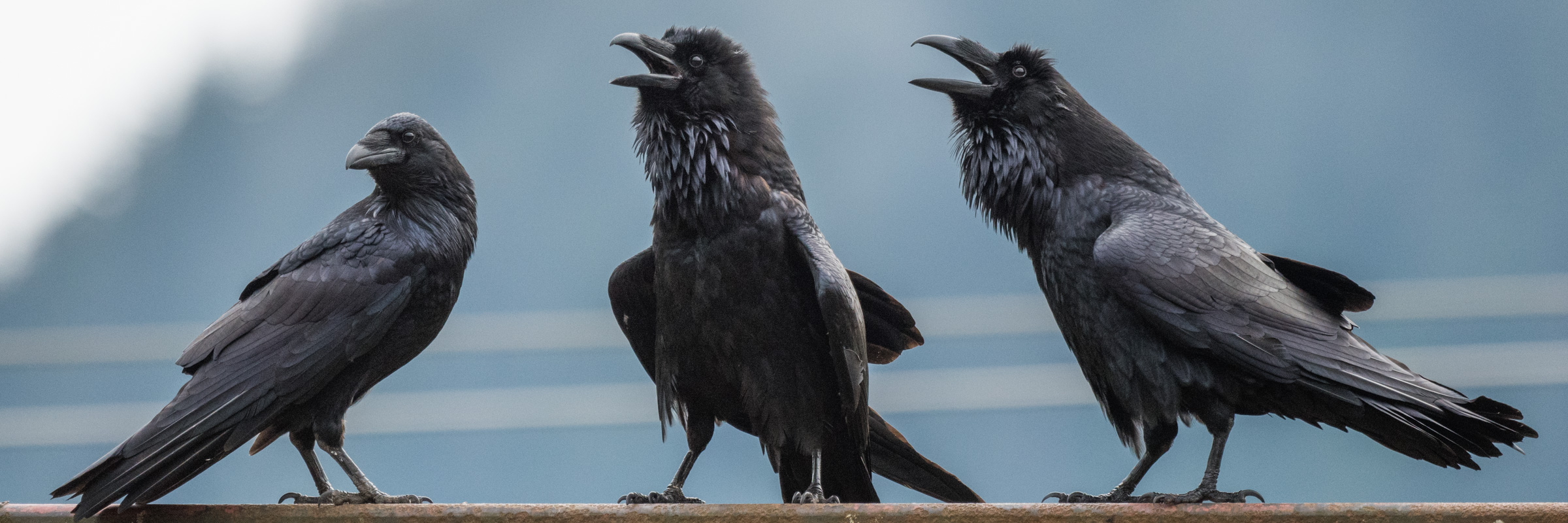
Ten billion years after the Big Bang brought the universe into existence, raw matter evolved the ability to acquire, process, store, and transmit information. The story of how this happened, over the three-and-a-half billion year history of life on earth, is the story of how meaning came into being, how consciousness emerged, and how the universe became self-aware.
I am interested in all aspects of this process. I want to understand how biological systems use information: How do cells represent information internally and compute on a molecular scale? How do sensory organs extract information from the environment and,together with the nervous system, filter that information, store it, and respond to it? How do social groups encode knowledge, share information, and make collective decisions? How do organisms overcome problems of deception to establish trustworthy communication? How do signaling systems — from the simple signaling molecules that bacteria use, to the combinatorial language you are reading right now — reflect the ecological circumstances in which they operate?
“The story of how this happened, over the three-and-a-half billion year history of life on earth, is the story of how meaning came into being, how consciousness emerged, and how the universe became self-aware.”
My research addresses these problems through the lens of evolutionary biology. I use mathematical game theory and the statistical theory of signal transmission to think about the flow of information. I appeal to evolutionary theory to understand how organisms developed their information-processing abilities. How can information use get off the ground by means of natural selection, and how do more advanced modes of information use evolve from simpler ones? Do evolved information systems differ in fundamental ways from those designed by human engineers?
In addition to understanding how organisms evolved to process information, I want to understand how evolution itself operates as an information-processing system, acquiring information about the characteristics of the environment and encoding suitable responses into genomes. By exploring evolutionary dynamics in an information-theoretic framework, my collaborators and I hope to highlight the way in which selection is itself a form of learning.
Much of my work on communication centers around the strategic aspects of information use in general and signaling in particular. Why do organisms share information even when their interests conflict? Why do individuals share some pieces of information and not others? Why do signals take the forms that they do? Why don't cheaters exploit and undermine communication by sending deceptive signals? Regardless of the taxonomic level on which we focus — from bacteria coordinating the production of toxins to birds advertising for mates, from plants altering predators that herbivores are present to humans communicating via email — evolutionary game theory provides us with a way to formalize these sorts of interactions, and ultimately to understand how communication can evolve.
